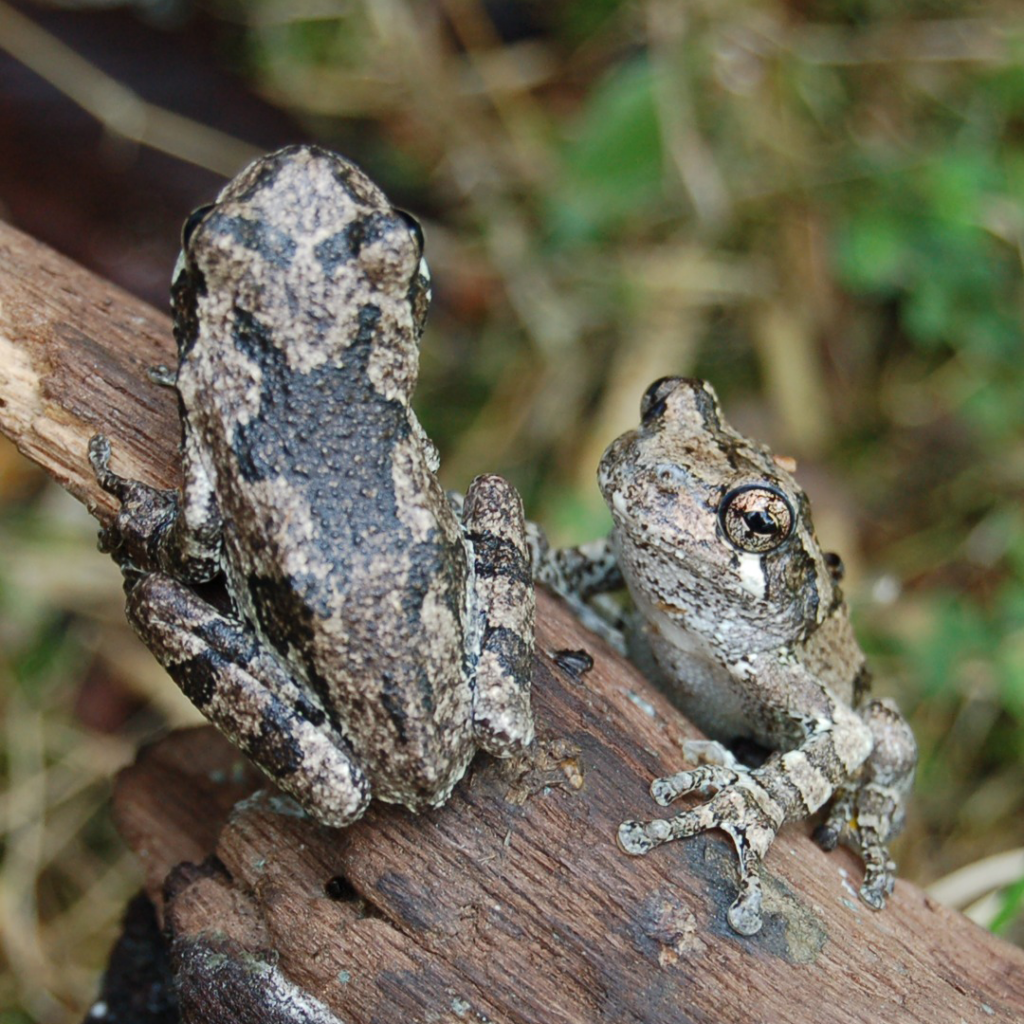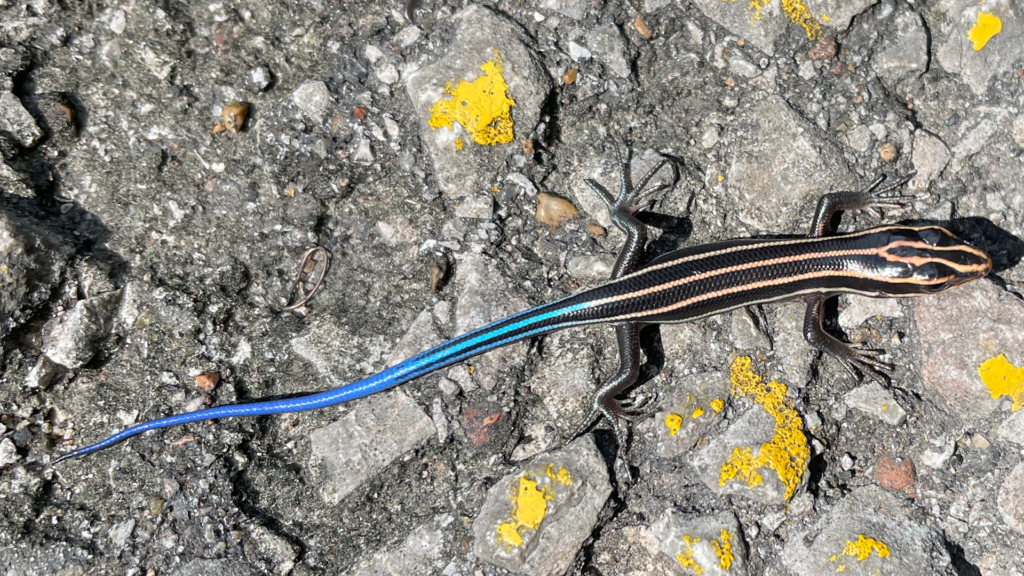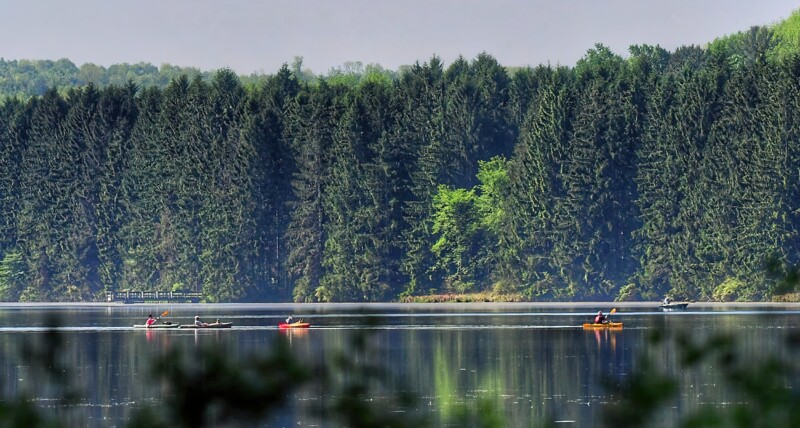
The Pennsylvania Fish and Boat Commission (PFBC) has a slippery job. It is the agency responsible for the 78 species of reptiles and amphibians native to Pennsylvania. When you buy a fishing license, you are supporting projects focused on taking care of these critters and the places they live.
Pennsylvania Reptiles and Amphibians

Reptiles and amphibians fall into five main categories in Pennsylvania: frogs and toads, lizards, salamanders, snakes, and turtles, and include common animals like the Eastern American Toad and endangered species like the Bog Turtle.
These small creatures fascinate children and are perfect for teaching about the environment. Amphibians, like salamanders, are indicator species, meaning they are extra sensitive to pollution. If you find salamanders or frogs, it probably means you’re exploring a clean waterbody.
Turtles and some snakes are common near Pennsylvania waterways, too, but some of them live on land. Lizards live mostly in warmer, drier areas.
Three venomous snakes – the Timber Rattlesnake, Eastern Copperhead and Eastern Massasauga – live in Pennsylvania, but most reptiles and amphibians in the Commonwealth are harmless to humans. Anything with a mouth can probably bite, though, so it’s always best to look with your eyes and not handle reptiles and amphibians.
What is Herping?

native to Pennsylvania.
Herping is when people look for reptiles and amphibians for fun. Most herpers only search for reptiles and amphibians to snap photos. Because reptiles and amphibians are regulated species in Pennsylvania, a fishing license is required to actively look for them.
Pennsylvania’s state parks are great places to explore, and there are often programs that teach about amphibians, reptiles and good herping practices. Check out the park’s events calendar for a program near you. Go to paherpsurvey.org for the distribution and status of all reptiles and amphibians throughout Pennsylvania.
Hunting Reptiles and Amphibians
Some people hunt to harvest some reptiles and amphibians. There are special seasons for Timber Rattlesnakes, Eastern Copperheads, American Bullfrogs, Green Frogs and Snapping Turtles. You need a fishing license and, in some cases, a special permit to hunt these animals. Learn more at fishandboat.com.
Reptile and Amphibian Conservation

A team of PFBC scientists studies these animals, visiting different sites around the state to find and track their populations. They use the data to learn more about the animals and where they live to help them.
In some cases, the PFBC’s scientists build fences or other structures to protect reptiles and amphibians and give them safe places to live and grow. They also establish rules to prevent people from keeping protected reptiles or amphibians, killing them or destroying their homes. There are limits on what kinds of reptiles and amphibians you can keep, and it is illegal to release into the wild any species that are not native to Pennsylvania. PFBC law enforcement officers enforce these rules.
How Can You Help?
Buying a fishing license goes a long way in helping the PFBC protect and manage reptiles and amphibians, but you can also be a citizen scientist by looking for reptiles and amphibians and reporting your sightings to paherpsurvey.org.



